Text
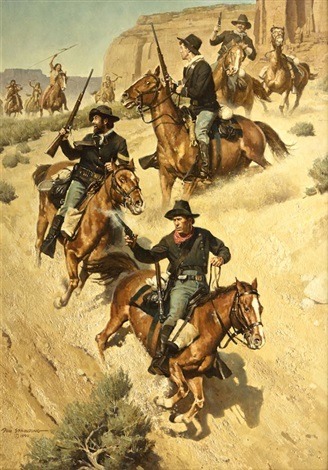
Patrol Under Fire by Don Spaulding
#us cavalry#american cavalry#american dragoons#american civil war#us dragoons#fort laramie#fort apache#union cavalry#plains indian wars#indian wars
1 note
·
View note
Text

Close Pursuit by Don Spaulding
#us cavalry#american cavalry#american dragoons#american civil war#us dragoons#union cavalry#plains indian wars#indian wars#apache wars#fort apache#fort laramie
0 notes
Text

Going for Help by Don Spaulding
#us cavalry#american cavalry#american dragoons#american civil war#us dragoons#union cavalry#plains indian wars#indian wars#apache wars#fort apache#fort laramie
1 note
·
View note
Text

Return from Patrol by Don Spaulding
#us cavalry#american cavalry#american dragoons#american civil war#us dragoons#plains indian wars#indian wars#apache wars#fort apache#fort laramie#union cavalry
1 note
·
View note
Text
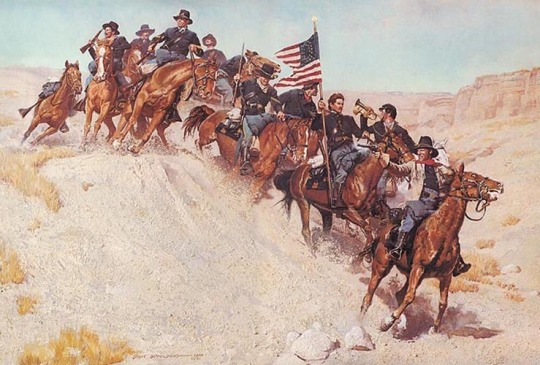
Hostile Fire by Don Spaulding
#us cavalry#american cavalry#american dragoons#american civil war#us dragoons#fort apache#fort laramie#cavalry#union strong#plains indian wars#indian wars
1 note
·
View note
Text

The Rescue by Don Spaulding
#us cavalry#american cavalry#american dragoons#american civil war#us dragoons#fort laramie#fort apache#labor unions#cavalry
0 notes
Text
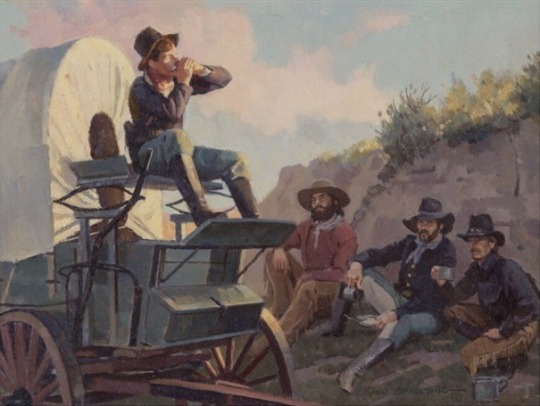
Home Sweet Home by Don Spaulding
#us cavalry#american cavalry#american dragoons#american civil war#us dragoons#plains indian wars#indian wars#fort apache#fort laramie
0 notes
Text

Union Cavalry Saber Charge
#us cavalry#american cavalry#american dragoons#american civil war#us dragoons#union cavalry#plains indian wars#indian wars#american frontier#fort laramie#fort apache#general buford#john buford#gettysburg#battle of gettysburg#7th cavalry#general custer#apache wars
12 notes
·
View notes
Text

Company Front, Charging the Enemy
#us cavalry#american cavalry#american dragoons#american civil war#us dragoons#union cavalry#plains indian wars#indian wars#american frontier#fort laramie#fort apache
6 notes
·
View notes
Photo
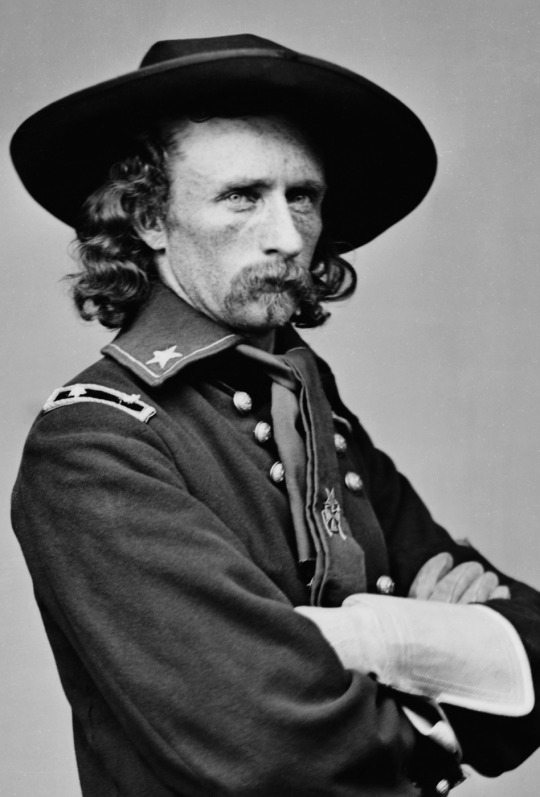
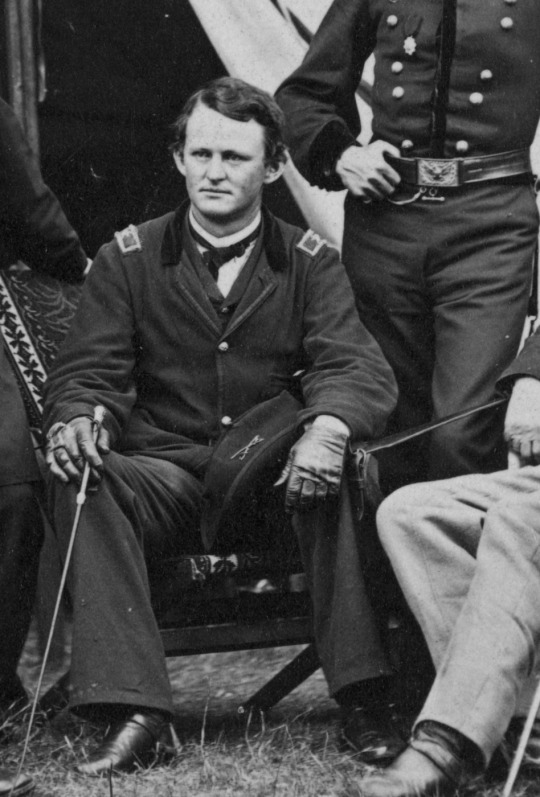
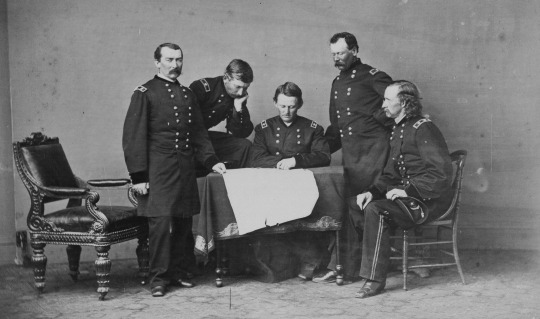
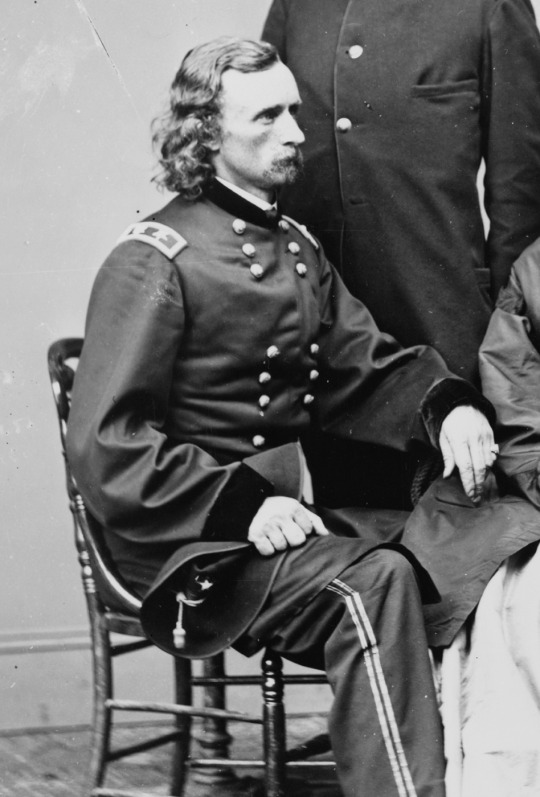
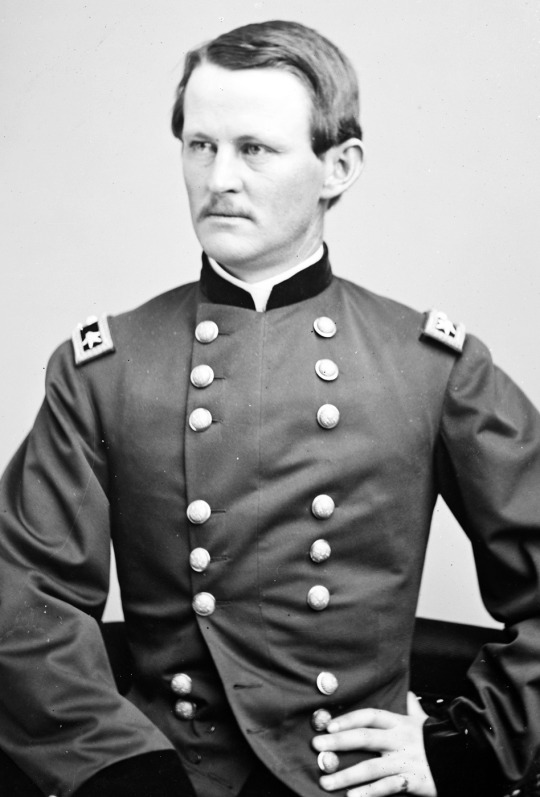
Wesley Merritt was the quintessential dragoon. He was quiet, competent, and a hard-fighting career Regular. Nobody would ever describe him as flamboyant or as hell-bent-for-leather. Instead, he was solid and dependable. Like his mentor John Buford, Merritt believed that cavalrymen needed to be equally proficient at fighting as well as at the less glamorous roles of the cavalry. His soldiers admired and respected him, but they did not love him. Merritt was something of a martinet, and did not have a charismatic personality. He was, however, a great soldier, and he ended his career after 40 years of service as the second-highest-ranking officer in the Army.
By contrast, George Armstrong Custer was the ultimate hussar. Flamboyant, handsome, with his long, curly blond hair streaming behind him, nothing thrilled Custer quite so much as leading a mounted charge, his saber glinting in the afternoon sunshine while waiting to be brought to bear against some unfortunate foeman. The men in the ranks loved George Custer. They called him the “Boy Soldier with the Golden Locks,” and they would follow him anywhere he led them. There is no better description of Custer than to call him a hell-bent-for-leather trooper…Custer had no particular talent for the traditional roles of cavalry, and if given a choice, he preferred the saber to dismounting and fighting with a carbine. He always led from the front.
These two young men-Merritt and Custer-were a year apart at West Point and ought to have been friends. Both were career cavalrymen, and both left indelible marks on the mounted service during the Civil War. And yet, they became bitter rivals and even enemies. In short, their personal relationship was a microcosm of the tension between the hussars and the dragoons. There were only so many opportunities for advancement, and only so many opportunities for glory, and both gained their fair share of each. Somewhere along the way their relationship deteriorated to the point of open warfare, particularly when Merritt ascended over Custer as commander of the Army of the Potomac’s First Cavalry Division.
The Boy Generals: George Custer, Wesley Merritt, and the Cavalry of the Army of the Potomac by Adolfo Ovies
#american civil war#wesley merritt#george armstrong custer#us civil war#civil war#acw#history#it's really interesting! if you're interest in cavalry things then i would say check it out#cause yeah custer and merritt are two veryyy different people lol#i always forget that custer became a general at....24/25? and i wonder what i'm doing with my own life#plains indian wars#union cavalry#us dragoons#us cavalry#american dragoons#american cavalry
28 notes
·
View notes
Text

Lieutenant Marcellus Jones and the 8th Illinois Cavalry
The men of Buford’s Division who fired the first shots at Gettysburg
#us cavalry#american cavalry#american dragoons#american civil war#us dragoons#union cavalry#general buford#john buford#battle of gettysburg#gettysburg
1 note
·
View note
Text

Cavalry Charge on the High Plains
#us cavalry#american cavalry#american dragoons#american civil war#us dragoons#union cavalry#indian wars#plains indian wars#american frontier#fort laramie
5 notes
·
View notes
Text
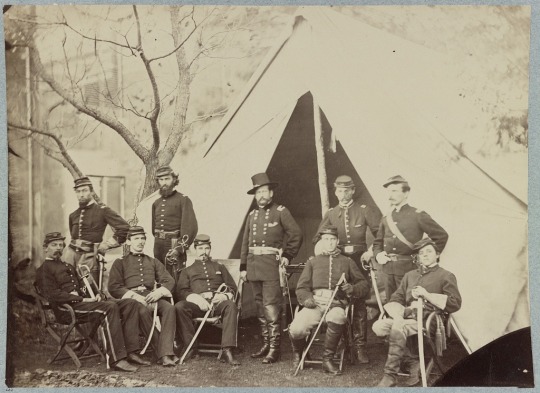
General Alfred Pleasonton and his Staff
Circa. 1863
10 notes
·
View notes
Photo
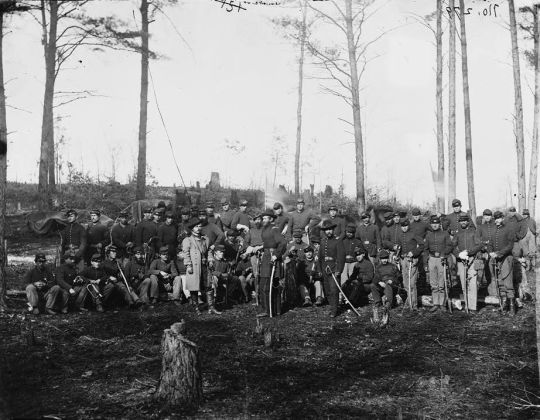
“Brandy Station, Va. Officers and men of Co. K, 1st U.S. Cavalry (1st Division, Cavalry Corps).”
(LoC)
#acw#history#american civil war#us army#union forces#military history#union cavalry#us cavalry#american dragoons#american cavalry
42 notes
·
View notes
Text
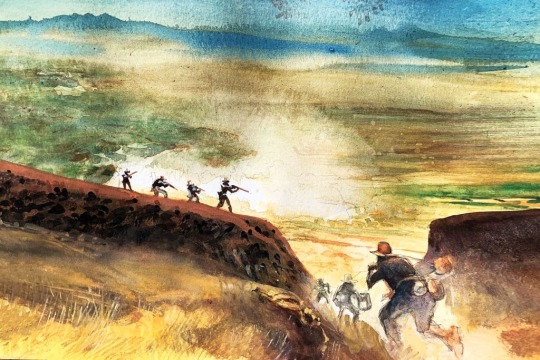
Protecting the Water Carriers
#us cavalry#american cavalry#american dragoons#us dragoons#american civil war#union cavalry#indian wars#plains indian wars#american frontier#7th cavalry#battle of the little bighorn#Little Bighorn
2 notes
·
View notes
Text

Last Stand on Reno Hill
#us cavalry#american cavalry#american dragoons#us dragoons#american civil war#union cavalry#indian wars#plains indian wars#american frontier#battle of the Little Bighorn#Little Bighorn#7th cavalry
2 notes
·
View notes
